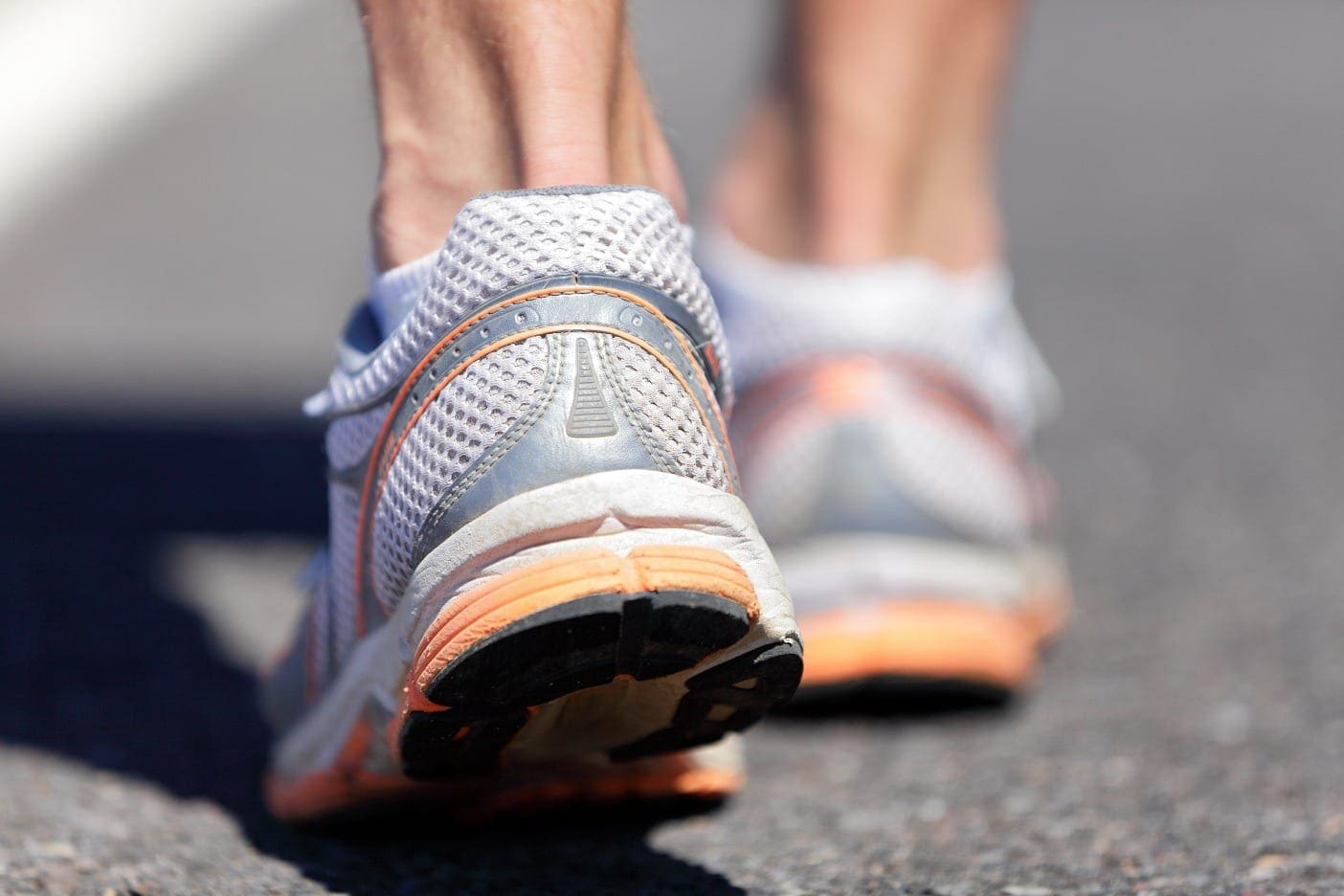
You realize that your shoes might be starting to fall apart, literally, or you’ve just noticed a bit of the rubber underneath coming off. You know how much you’ve invested in them and you’re not extremely keen to give them up. However, keeping old athletic shoes can hinder and hurt you more than they can save you money.
There are a few factors when judging when you should invest in new athletic shoes and turn in old ones. They are usually:
- How often you use them
- Where you use them
- What you use them for
Whether you are an occasional exerciser or only lace them up when going out for a walk with your dog, chances are you can usually guarantee your shoes a pretty long lifespan. However, If you’re an avid mountain runner that trains four-five times a week, you can imagine that those babies will get worn and torn in no time.
You can have indoor sneakers used “sole”-ly (get it?) for the gym—allowing the sneakers to last much, much longer than if they were there for indoor and outdoor use. Where you use your sneakers can have a direct effect on how often they should be replaced. Using them only on the linoleum, clean floors of your gym will probably make them last much longer than running trails in the woods behind your house.
Whether you are a runner, a weightlifter or if you are training at the gym, you might want to realize that your shoes will be affected directly by the activity you do. For those with an active lifestyle, here are a few estimation-guides from our doctors here at the Foot and Ankle Clinic of the Virginias to you to keep in mind:
Runners
If you are an avid runner, you can usually estimate the life of your shoe considering the distance you run and how you run (trails, treadmills, etc).
Estimated lifespan—6 months
Generally speaking, you should be changing your athletic running shoes when you reach 300 to 450 miles. If you’ve ran that much, kudos! When you’re running, you’ll begin to notice that they’ll have less of a bounce in their step as you continue to use them, diminishing that “pop” when your foot makes contact with the ground. You’ll definitely begin to notice that it’s time for a replacement when you see that the sole or upper part of the shoes begin to take a toll.
Other Factors that May Increase or Decrease Life Span—
- Weight of the runner
- Surface of running
- How often you run
- How long the runs are for
Weightlifters
If you are in the gym pounding down and taking names when it comes to lifting heavy, your sneakers have to have the proper support to be able to get your form right and distribute your weight evenly and properly. Knowing when to change athletic shoes is essential for weightlifters to not only get the most out of a session but to be able to lift as much weight as possible—in a safe way.
Estimated lifespan—12 months
Especially since you’re not out there running miles and miles with your shoes, it might be a little bit harder to tell when the support starts to go. However, bearing all that weight on your body and on your feet, will have them taking their toll. Being a weightlifter, your shoes will last longer than a runner but you still need to make sure to replace or switch them out after about a year’s time—especially if you are an avid weightlifter. The upper part of your shoe will usually be the first part to go, losing some of its rigidness and offering less and less support.
As a weightlifter, you can normally tell when it’s time to change your shoes because you’ll feel them less supportive, less rigid, and overall, looser.
Other Factors that May Increase or Decrease Life Span—
- Weight of the lifter
- How often you lift
- The smell and the care you take of them
Gym-Goers
Simply by doing box jumps, lunges, walking on the treadmill for a warm up, your shoes can take a toll—especially if you’re doing so on a hard gym floor. If you are an avid gym-goer you should consider replacing your shoes at about the same time that a runner would.
Estimated lifespan—6 months
Especially if you are doing jumps and steps out and back in (like lunges) you’re allowing your whole weight to rest on what part of the shoe (usually the fronts or the sides), and eventually, you’ll start to notice that these parts of the shoes are the first to go. You’ll notice the wear and tear on the sole and the upper, and the lining of the bottom. Especially if the shoes are starting to get holes in them and you’re seeing the material they are made out of, it’s probably time to replace them. A great hint for gym-goers is to have a couple pairs of shoes so you can alternate and lengthen the lifespan of both.
Other Factors that May Increase or Decrease Life Span—
- How often you workout
- How heavy you are or step
- How many lateral movements and weight-bearing steps you make
We hope that this has helped you plan and recognize when you need to replace your athletic shoes, which might highly affect your feet’s health and your overall health.

